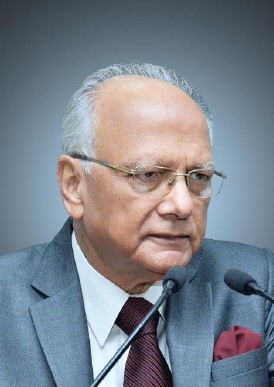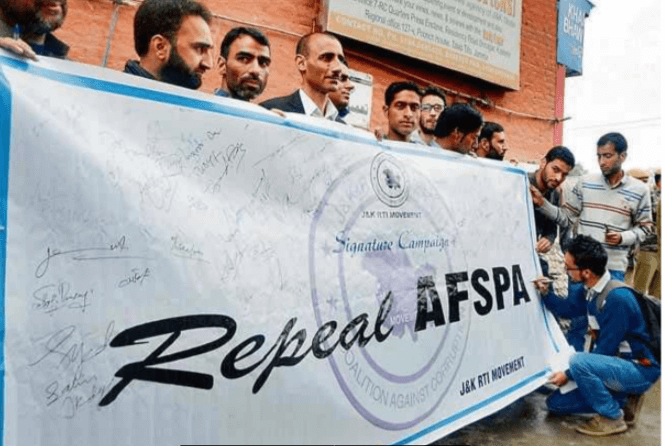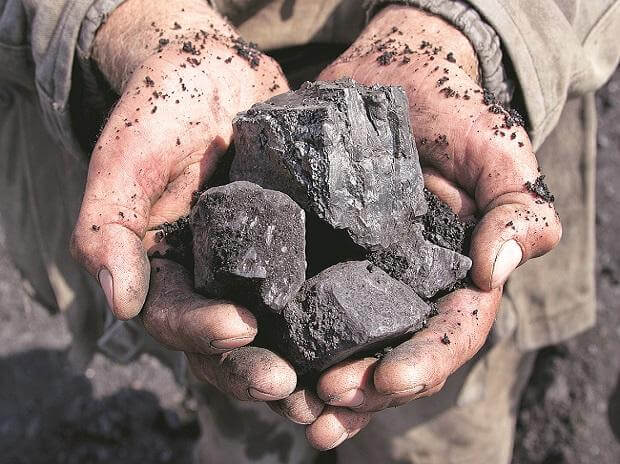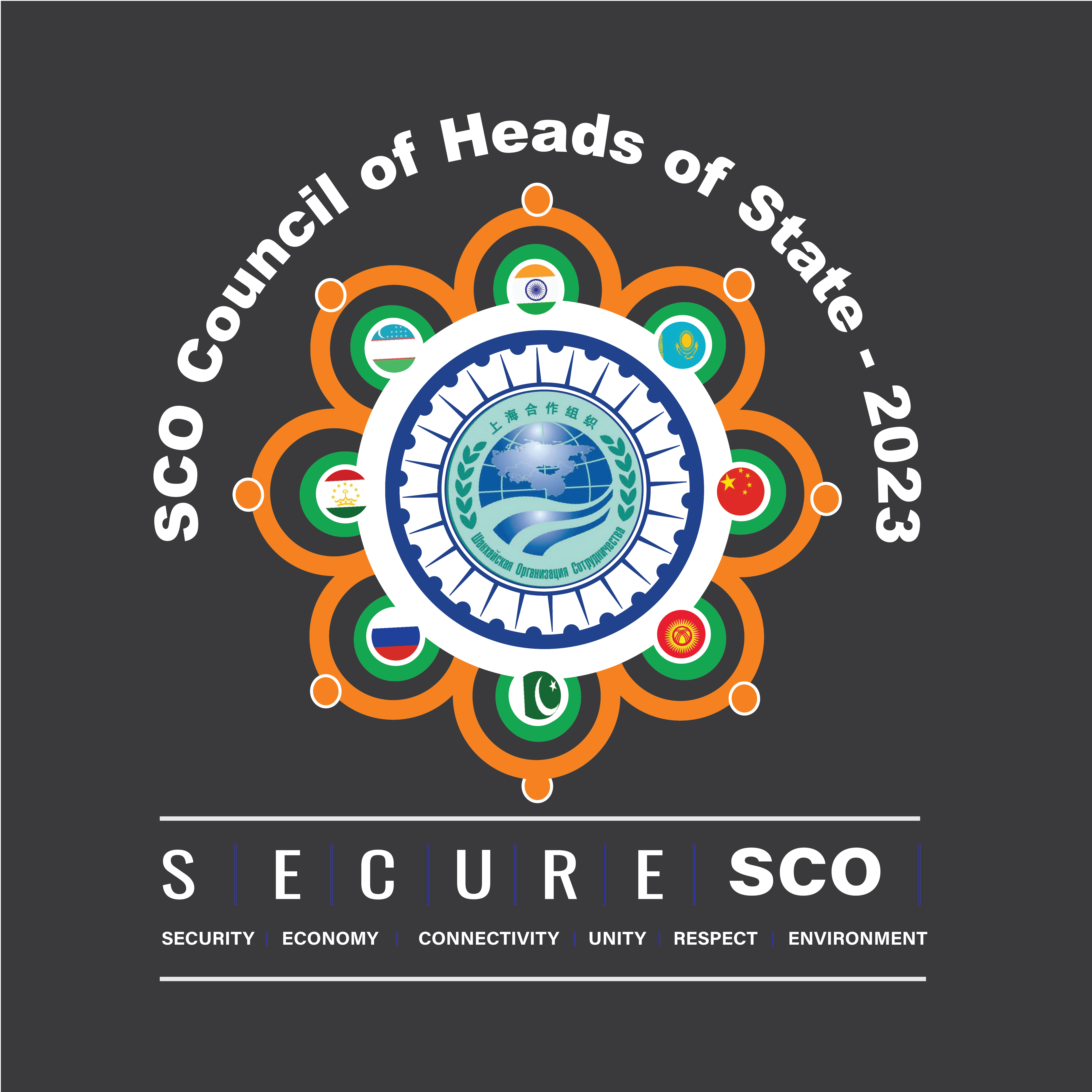Disaster Management in India: Preparing for Future Challenges

Shri K M Singh
Vice- President, PPFIndia is vulnerable, in varying degrees, to a large number of natural as well as man-made disasters. Presently, as we stand at the precipice of climate change and urban expansion, the challenges for disaster management in India are evolving rapidly.
Keeping this in view, a major initiative was taken by the Atal Bihari Vajapayee government to put in place a holistic capability to handle both natural and manmade disasters in the country. This led to enactment of the Disaster Management Act, 2005. This Act was a defining step bringing about a paradigm shift from the erstwhile relief centric approach to a proactive prevention, mitigation and preparedness driven approach for conserving developmental gains and minimising loss of life, livelihood and property.
The Disaster Management Act, 2005 provides for an institutional, financial and legal framework. The institutional framework provides for three tier institutional mechanisms at national, state and district levels comprising National Disaster Management Authority (NDMA), State Disaster Management Authority (SDMA) and District Disaster Management Authority (DDMA) respectively. National Disaster Management Authority (NDMA) is the apex authority with the Prime Minister as its Chairman. The Act provides for the National Institute of Disaster Management (NIDM) for capacity building of all stakeholders in the country in the field of disaster management. It also provides for the National Disaster Response Force (NDRF) as a specialist force to respond to any natural or man made disaster.
In line with its mandate, the NDMA drafted the National Policy and National Plan for disaster management in the country besides preparing Guidelines for all natural and man-made disasters. As per the vision enshrined in the Act, the National Policy on Disaster Management envisages “to build a safe and disaster resilient India by developing a holistic, proactive, multi-disciplined technology-driven strategy through a culture of prevention, mitigation, preparedness and efficient response.”
The NDRF is a multi-skilled and multi-disciplinary force trained and equipped as per international standards to respond to any disaster. Over the years the NDRF has earned a niche for itself for its professionalism in dealing with disasters not only in the country but also abroad. Complimenting the NDRF at the National Police Academy, Hyderabad (31 July, 2021) PM Shri Modi mentioned that “the name of NDRF during disasters instils confidence among people. NDRF has created this credibility with its excellent work.” With NDRF’s professionalism and readiness to respond to disaster emergencies in countries like Japan, Nepal and Turkey, India has gained diplomatic leverage.
In 2014, after Prime Minister Shri Narendra Modi took over the mantle of power, and infused new energy into the disaster management system. The Prime Minister’s 10-point agenda for Global Disaster Management provides direction for pre-empting disaster and ways to minimise losses with mitigation and preparedness acquiring the centre stage.
Another significant initiative of PM Shri Modi is the launching of the ‘Coalition for Disaster Resilient Infrastructure’ (CDRI) in 2019 with 25 countries and 7 international organisations as members. It was set up with the objective of promoting resilience of new and existing infrastructure structure systems to climate and disaster risks to support sustainable development.
As we look ahead today, several major challenges stand out. The impact of climate change, with rising global temperature, is resulting in extreme weather conditions . Increasing incidents of cyclones in the coastal areas and devastating floods in different parts of the country stand as reminders that climate change is not a distant problem but an immediate concern. At the same time, unplanned urban growth, rapid industrialisation, environmental degradation and inadequate drainage system etc adds to the risk factor. Moreover, as India continues its technological growth, the risk of man-made disasters, ranging from chemical leaks to cyber-attack on critical infrastructure, is also on the rise. Since disaster management is a state subject, effective coordination between centre and the states and also inter agency coordination is essential for efficient and effective disaster management.
To address the above mentioned challenges and achieve the vision enshrined in the 10 point agenda of the PM and the national policy, the imperative is to ensure public awareness and capacity building of all stakeholders, particularly the community, which is the first responder. This needs to be done in terms of resources, skill and information availability. Capacity building is required at all levels: Community needs to be sufficiently aware, administrators need to be sensitive to vulnerability of disasters, research institutions need to to transfer knowledge to the field, corporate sectors need to be made aware of corporate social responsibility and media needs to understand its importance in spreading knowledge as a social cause. Integrating technology for real time monitoring, predictive analytics, and communication can drastically enhance response times and resource allocation. Simultaneously, there is a pressing need to invest in disaster-resilient infrastructure.
Significantly, India has made a mark in two areas namely, cyclone risk mitigation and response mechanism. Very few casualties in cyclone ‘Phailin’ (2013) and cyclone ‘Fani’ (2019) in Odisha vindicated the ‘zero casualty’ policy of the Govt of Odisha. Cyclone Biparjoy in Kutch region of Gujarat in the first week of June this year with no casualty was a shining example of India’s preparedness and the spirit of resilience among the people which was applauded by the PM and also the Home Minister.
While India has made significant strides in disaster management over the past decade, the road ahead presents numerous challenges. Effective planning and focus on prevention, mitigation and preparedness would greatly help in ensuring that hazards do not transform into disasters and the coping capacities of the vulnerable population is greatly increased. This would need systematic planning and coordination to ensure that the disaster risk reduction is constantly promoted and mainstreamed in the regular programmes of each department. Preparedness, adaptability, and a collective effort from government agencies, civil society, and the public will shape how we face future adversities. With dedicated action, India can lead the way in setting a global benchmark in disaster management.






